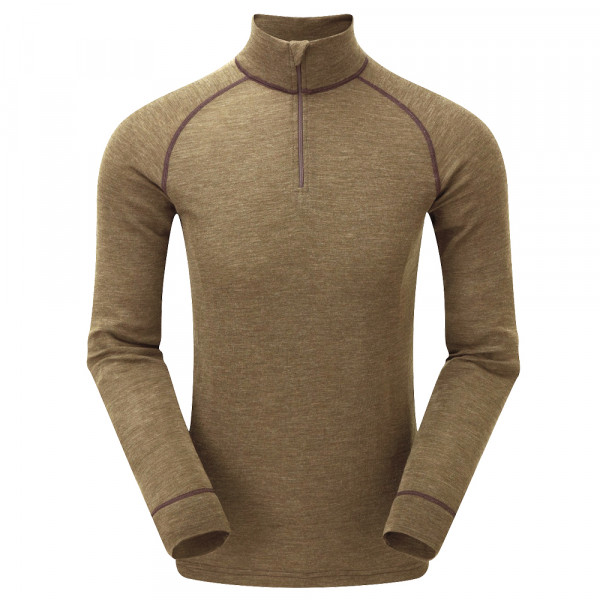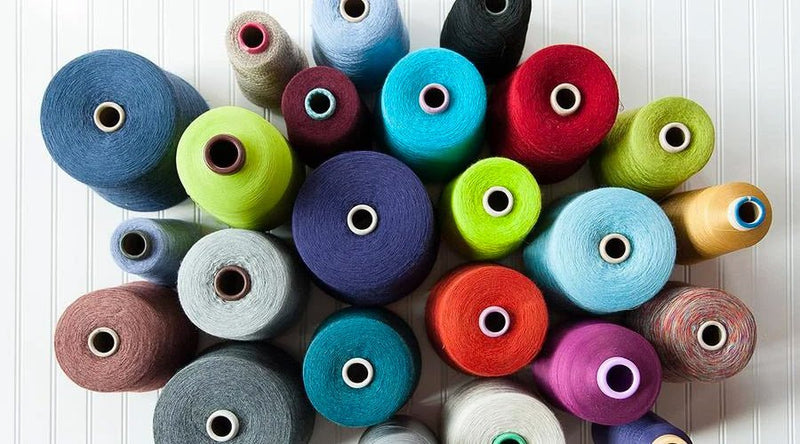Awesome Merino Wool Base Layers Site
Wiki Article
What Makes Yak Merino Base Layers So Efficient For Winter Sports Clothing With Regards To The Natural Fiber Benefits And Environmental Sustainability?
Sustainable and renewable Yak Merino wool's base layer is highly effective in winter sportswear and not just because it performs very well but also due to its fiber's natural benefits.
Yak wool and merino fibers are both natural fibers. Renewable resources can be harvested sustainably without causing harm to animals. The fibers are biodegradable and don't harm the environment.
Low Environmental Impact
Natural fibers typically have a smaller environmental impact than synthetic fibers. The process of harvesting and cultivating wool is less involving chemicals and uses less non-renewable resources when compared to synthetic fibers.
Energy Efficiency
The manufacturing of synthetic fibres like polyester or nylon requires more energy. The manufacturing process for natural wool requires less energy, which reduces carbon emissions.
Reduced Microplastic Pollution
Natural wool fibers do not contribute to microplastics pollution in waterbodies as synthetic fibers do.
Longevity of the product and its Recyclability
The clothing made from yak merino is typically sturdy and last for a lengthy period of time. Wool fibers are also recyclable or repurposed to lessen consumption and harm to the environment.
Sustainability Practices
Certain wool producers follow ethical and sustainable practices. This includes ensuring animal welfare and sustainable land management. They also guarantee the fairness of labor and conditions of work for the employees involved in the production process.
Environmental Certification-
The Responsible Wool Standard or Global Organic Textile Standard are certificates that prove ethical and environmentally conscious practices used in the wool production industry. They offer consumers assurances about sustainable practices.
Overall, yak merino wool base layers align with environmental sustainability by being derived from renewable and natural sources, having little environmental impact when they are produced and, often, incorporating ethical and sustainable practices in their supply chain. When you choose natural fibers like yak merino winter sportswear you're supporting environmentally sustainable and sustainable practices for consumption. Have a look at the top merino wool base layers for website recommendations including merino base layer mens, smartwool base layer, best long underwear for skiing, sweaty betty ski base layer, smartwool merino base layer, best mid layer skiing, ski thermals, smartwool long johns, skiing mid layers, long underwear for skiing and more.

What Are The Benefits That Bamboo Clothing Provides In Regards To Thermal Regulation As Well As Uv Protection?
Bamboo clothing comes with a variety of advantages when it comes to thermal regulation as well as biodegradability, UV protection and environmental impact- thermal Regulation-
Insulation - Bamboo fabric is breathable, and also has thermal-regulating properties. It offers warmth in cold temperatures. It aids in controlling body's temperature by retaining the heat in cooler temperatures while allowing ventilation for overheating to be prevented when exercising.
UV Protection
UV Resistance- The bamboo fabric offers natural protection from harmful UV rays. It blocks the majority of ultraviolet sunlight's rays. This adds an additional layer of protection when you wear it outdoors.
Biodegradability-
Biodegradable bamboo clothing is broken down organically at end its lifecycle without leaving harmful leftovers. Bamboo clothing also doesn't contribute to the creation of pollution. This reduces the amount of waste and lessens the environmental impact of discarded clothing.
Environmental Impact-
Bamboo is a very renewable raw material. It grows quickly and abundantly, without pesticides or chemical fertilisers. This helps reduce the environmental impact of cultivation. Its rapid growth rate allows it to be renewable.
Bamboo is more water efficient because it uses less water than other crops such as cotton. This is essential in conservation efforts and it reduces the pressure on the water supply.
Soil Conservation
Soil Health - Bamboo farming does not generally deplete soil's nutrients or require a lot of irrigation. This results in healthier soils, and decreases the risk of harmful farming practices.
Carbon Sequestration
Bamboos absorb carbon dioxide. They can absorb more carbon dioxide and release more oxygen to the atmosphere in comparison to other plants. This property is beneficial in fighting carbon emissions and climate change.
Bamboo clothing's thermal regulation, UV protection, biodegradability and positive environmental impact make it an appealing to those looking for sustainable and durable clothing options. These characteristics are in keeping with green practices and bring benefits to both the wearer and the environment. Read the top bamboo clothing blog for more info including bamboo pajama pants, bamboo newborn clothes, bamboo clothing sustainable, bamboo pants mens, jacket bamboo, bamboo shirts wholesale, bamboo sports clothing, bamboo sports clothing, bamboo yoga leggings, carter's bamboo pajamas and more.

How Does Merino Layering And Bamboo Clothing Compare With Regular Wool?
Merino, bamboo, and regular wool all have unique features.
Softness Merino wool is renowned for its soft and fine fibers, which make it a comfortable against your skin. It's less likely to cause irritation or itchiness. causes irritation or itching compared to other types of wool.
Merino Wool is Moisture Wicking. Merino wool wicks moisture away from the skin and allows it to evaporate, and to keep the wearer comfortable and dry.
Merino is a natural insulation that provides incredible warmth in the event of rain. It regulates the body's temperature, and acts as an insulation during cold winter days.
Odor Resistant - It blocks the growth of bacteria which create smells. It keeps your clothes fresh and clean after prolonged wear.
Bamboo Clothing-
Softness Bamboo clothing is soft, silky feel that is often called silk or cashmere. It's gentle on the skin, offering a luxurious sensation.
Bamboo fabric has moisture-wicking properties which draw moisture away and keep your dry.
Temperature Regulation- Bamboo clothing has natural temperature-regulating abilities, offering warmth in winter and breathability to prevent overheating.
Sustainable Bamboo - Bamboo is a fast growing plant and is fertiliser-free without pesticides. It is biodegradable and has a low environmental impact.
Regular Wool
Texture The texture of wool is different Some are coarser than others and more likely to trigger itching or discomfort.
Wool is an excellent insulation material and can be extremely warm, however it might be too heavy or heavy.
Wool absorbs moisture, and is therefore less effective in wicking moisture than merino or bamboo fabrics. It can retain warmth even when it is wet.
In short, merino wool provides a soft, supple feel, great moisture-wicking properties, odor resistance and insulation. Bamboo clothing provides a silky texture, moisture-wicking properties temperatures regulation, and sustainable. Regular wool differs in texture and might not offer the same moisture-wicking properties or softness as merino or bamboo, but it provides warmth and insulation. Each has its own unique advantages, catering to different preferences and requirements when it comes to winter wear. See the best bamboo winter clothing for website advice including wicked wool base layer, ski thermals womens, smartwool long sleeve, ll bean merino wool base layer, smartwool long sleeve, ski thermal underwear, merino wool mid layer, ski base layer pants, smartwool long underwear, best ski underlayers and more.
